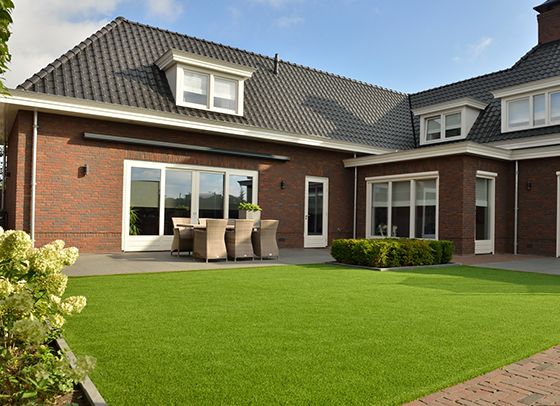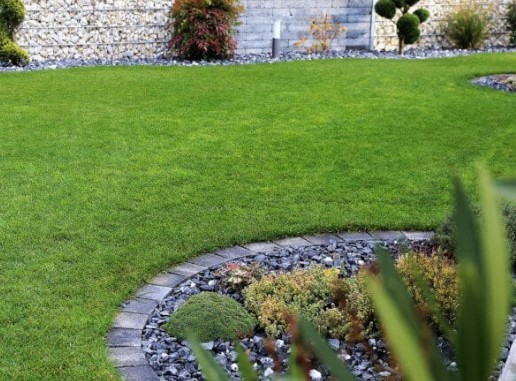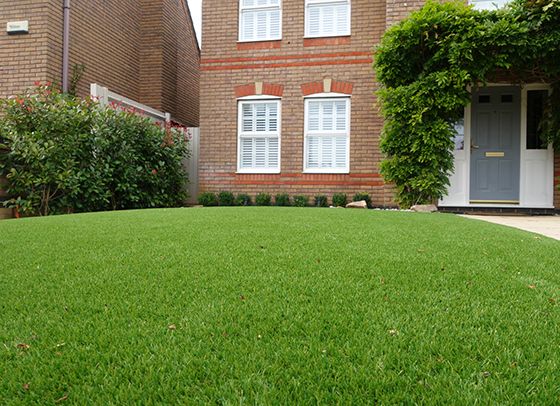
Grass: Real vs Artificial – Which is Best For You?
For many people, the dream garden involves a lush, green lawn. But the reality of maintaining a perfect patch of paradise can be daunting. That's where artificial grass steps in, offering a seemingly low-maintenance alternative. But before you decide, let's weigh the pros and cons of both options.
Real Grass: The Classic Choice
-
Pros:
- Natural beauty: There's nothing quite like the feel and fresh scent of real grass under your feet.
- Environmentally friendly: Grass absorbs rainwater runoff, reduces erosion, and helps filter pollutants. It also cools the surrounding air and provides habitat for beneficial insects.
- Durable: With proper care, a healthy lawn can withstand wear and tear from kids and pets.
-
Cons:
- Maintenance: Mowing, watering, weeding, and fertilising all take time and effort. Lawns can also be susceptible to pests and diseases.
- Water usage: Depending on your climate, real grass can require significant water to stay green.
- Brown patches: Drought, heavy traffic, or poor soil conditions can lead to unsightly brown patches.

Artificial Grass: The Low-Maintenance Option
-
Pros:
- Low maintenance: No mowing, watering, or fertilising is needed.
- Year-round green: Artificial grass stays green all year, regardless of the season.
- Pet-friendly: Easy to clean up after pets and resistant to muddy paws.
-
Cons:
- Cost: Artificial grass can be significantly more expensive to install than real grass.
- Heat absorption: Artificial grass can get very hot in direct sunlight, making it uncomfortable to walk on barefoot.
- Drainage: Improper installation can lead to drainage problems, causing water to pool on the surface.
- Environmental impact: Artificial grass is made from petroleum-based materials and cannot be recycled, raising concerns about its environmental footprint.

The Verdict: It Depends
The best choice for you depends on your lifestyle, climate, and budget. Real grass is a beautiful, natural option that requires more effort to maintain. Artificial grass offers convenience and year-round greenery but comes with a higher upfront cost and environmental impact.
Here are some additional factors to consider:
- Climate: If you live in a drought-prone area, artificial grass may be a more water-efficient option.
- Family needs: If you have young children or pets who spend a lot of time outdoors, real grass may be a more comfortable and inviting space.
- DIY skills: Installing artificial grass can be a complex process. If you're not comfortable with DIY projects, factor in the cost of professional installation.
Ultimately, the perfect lawn is the one that meets your needs and fits your lifestyle. By weighing the pros and cons of real grass and artificial grass, you can make an informed decision that creates the outdoor oasis you've always dreamed of.
